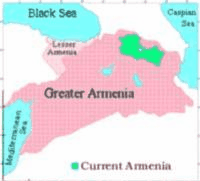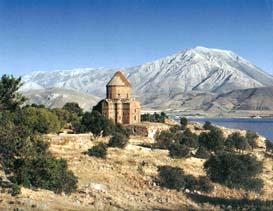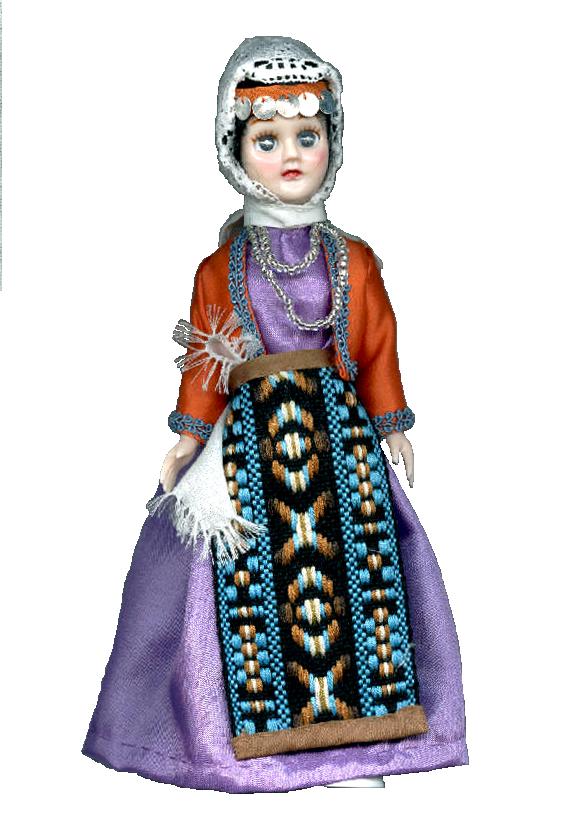|
Tell a friend Bookmark Us Contact Us
Woman of City Van, 19th CenturySource: Magazine "Paros Hayastani", 1881.
Music: Ara Gevorgian - Van.

* The most famous trading centers of 18th-20th centuries were Van, Kareen, Yerevan,
Alexandropol, Shushi, Tiflis, as well as Constantinople and other cities. Carpet
art is the most loved and widespread phenomenon with stable fraditions in Armenian
life from ancient times. Carpets have been woven as far back as before Christ's birth.
The historian Herodotus (485 - 425 B. C.) informs us that "the inhabitants of the
* Lace adorned the homes as well as the costumes of Armenian women. Women also donated
their lacework for the adornment of churches, where it appeared on the altar and on
the vestments of the clergy. Schools of embroidery and lace making developed in
prominent cities such as the Van school, the Kareen school and the Cilician school.
* From the earliest times, Armenia has been one of the most important centres of
metalworking in Asia Minor and the Transcaucasus. Four thousand years ago historic
Armenia was a metalworking centre excelling in gold, silver, copper and iron. The
metal objects obtained from the excavations at Lchashen, Armavir, Metzamor, Karmir
Blur, Sisian, Dvin and Ani are witnesses of a high standard of metalworking.
Vaspurakan, and specially Van - Cilicia, Sebastia, Kesaria, Kareen, Shirak, Sunik,
Artsakh, and the Plain of Ararat were centres for the artistic treatment of metal
and the production of ornaments and utensils.

HISTORY
Caucasus dyed the wool with a number of plants having dyeing qualities and they
used it to make woven fabrics covered with drawings which never lose their brilliant
color... ". Marco Polo, the Italian traveller (XIII c.) commented: "The Armenians
and Greeks in the three major towns of Konya (lkonio), Kaiseri (Kesaria) and
Sivas (Sebastia) made the most beautiful and finest rugs". The Armenians of those
three towns had been deported in the first half of the XI century from Vaspurakan,
Ani, Kars.The Armenian rugs exported from Western Armenia (currently occupied by
Turkey) were
sold mainly in Europe and America where the products of Kareen, Baberd, Manazkert,
Moosh, Sassoon, Van, Akhtamar, Norshen, Vostan, Artskeh, Berkri, Moks, Shatakh, Akni,
and other towns were given high prices.

monastery in Lake Van and
former seat of the catholicos,
where relics belonging to
St. Gregory the Illuminator were
maintained during the Middle
Ages. The cathedral - once part of
a royal palace complex - is rich in
sculptured reliefs portraying
religious theme and figures,
including St. Gregory.
